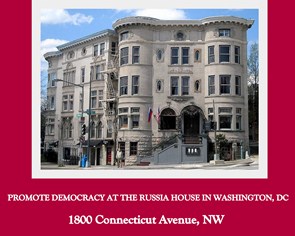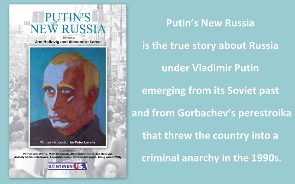Published 31-01-2013, 07:16
According to Vedomosti, the Ministry for the Economy has delivered a plan to the government, which considers additional stimulus through a special development fund. This would aim to bring the total growth of the economy to 5% YoY, by financing infrastructure projects (prioritised, well-documented and short-term ones). To pump this fund with money, MinEconomy has suggested transforming the newly implemented fiscal rule by cutting the Reserve Fund threshold from 7% to 5%. Given this, by 2015 the volume of the development fund is estimated at RUB 400bn.
We treat this suggestion as a way of to avoid formally breaking the Budget Rule while generating more spending. To create such a fund implies higher fiscal spending and challenges longer term fiscal sustainability. We believe that the already allowed RUB 100bn from the National Wealth Fund for lending to develop infrastructure projects is enough for stimulus on the fiscal side for this year as the potential for stimulus is just RUB 300bn (0.5% of GDP) which could mostly be delivered through monetary policy easing. MinEconomy's plan also includes freezing the NWF, puts into the first place current spending needs; thus poses significant problems for future generations as the initial idea of the NWF is to be a strategic reserve for supporting the pension system in the long run. Infrastructure spending in Russia needs to be increased, but in our view it must be funded by redistributing spending within the existing budget (mainly by making existing spending more efficient).
If the government attempts to stimulate the economy with a package that is larger than needed (either through direct budget spending or using NWF money), in order to preserve the proper policy mix tightness, a tighter monetary policy on average will be needed, in our view. As a result, we see public spending displacing private spending, with lower efficiency and a negative medium-term impact on GDP (although impact might be positive in the short term).
Maxim Oreshkin
Daria Isakova
VTB Capital



_jpg/250px-ElbeDay1945_(NARA_ww2-121).jpg)





